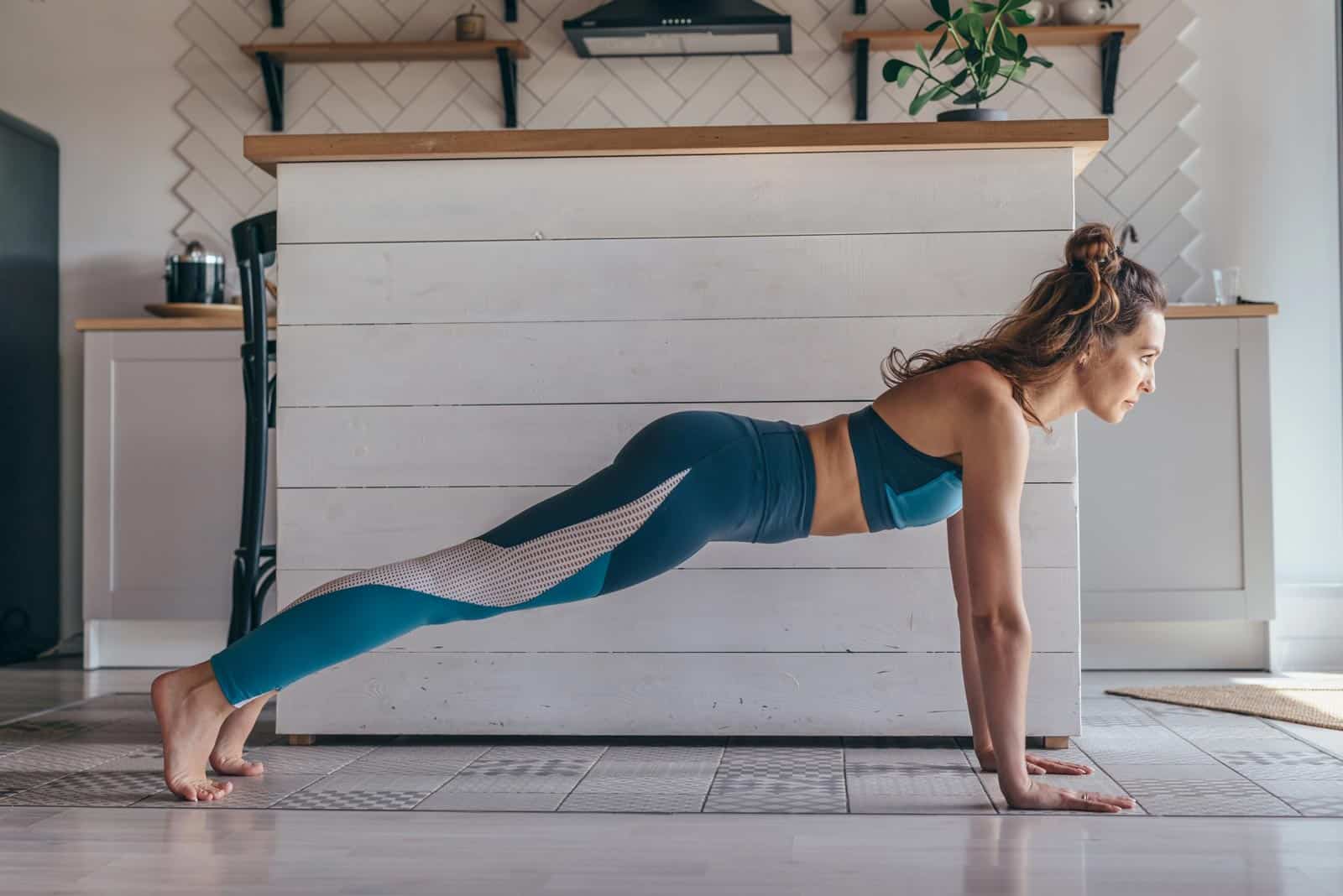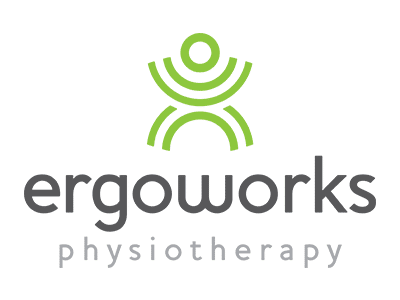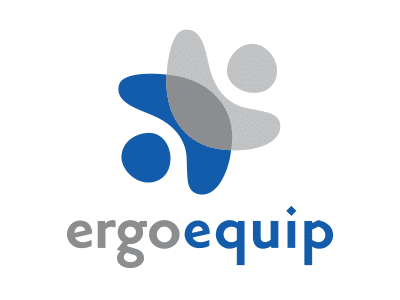Physical Activity boosted by COVID

Not a single person is denying that this pandemic has affected us all in some way or another, but can we take a positive mindset and look for the upsides? Well from a physical health perspective, it appears so…
According to this article, young people (16-39 years old) rated their top 3 wellbeing priorities post-COVID as Emotional, Medical, and Physical Wellbeing. The encouraging news is that physical health used to be a much lower priority – it’s taken a pandemic to shake this up!
“91% of people said that would invest just as much or even more time into physical activity after COVID-19”
What does this new quest for physical health look like?
Approximately half of those surveyed said they will be doing their own at-home workout routines, rather than going to a gym or joining a class. Young people are also shifting their faith towards science-backed information and mainstream medicine, rather than alternative options.
Whilst this all sounds amazing, from a health professional’s perspective there are a few alarm bells ringing gently in our ears – how do people know how to exercise properly on their own? Will people stick with it? And how good are we at filtering out the bad advice from the good? A quest for the evidence base is perfect, but research suggests the general public should be looking further than ‘Dr Google’ for their advice.
What does the evidence say we should be doing?
There are 3 key components to the current physical health guidelines. Whilst they are all physical movement, they are distinctly different and should all be built into the week for optimal outcomes.
- Aerobic activity: The World Health Organisation recommends 150 minutes of moderate intensity activity, or 75 minutes of vigorous activity each week. This can include anything from brisk walking, to cycling, swimming, dancing – basically any physical activity that gets your heart rate up.
- Strengthening work: Recently published research outlines the benefits of 2 or more strength sessions per week, which can involve machine or hand-held weights, exercise bands, or use of your own body weight to make muscles work against some resistance.
- Reduce Sedentary Behaviour: In addition to the physical activity listed above, the Australian guidelines encourage us to break up periods of being sedentary. Keep an eye on your step count (aiming for 10,000+ steps) and build incidental activity into your day. This can be taking the stairs instead of lift/escalator, walking instead of driving, walking meetings, lunch time walks, etc. Prolonged sitting is a health risk factor – break it up as much as possible.
Even 1% can make a difference
British Cycling proved that even the smallest things can make a difference over time. After almost 100 years of bad performances, they changed approach and implemented an “aggregation of marginal gains” strategy. This simple philosophy predicted that tiny 1% improvements across lots of areas would cause a significant result, and it worked a treat!
Applying this to health simply means that very small daily decisions do add up over time – for those who already exercise, can you do 1% more to reap more rewards? Or for those who do little or no exercise, can you start your health journey with just a few minutes each day?
What can I use to help?
Given the recent interest in self-guided exercise, and the thirst for evidence-based advice, we recommend an innovative approach to physical health – using an artificially intelligent phone app to create a personalised program that is available anywhere, anytime.
Technology-driven solutions allow a person to access their program whenever it suits them, adjust the program in real-time as they improve, and have user-friendly, validated health advice at their fingertips.
Pilates, yoga, stretching and strengthening programs are all included as options, or use the chatbot to develop a health program based on your personalised input. And there’s support for any musculoskeletal issues with either a chatbot driven virtual physio, or referral to a physiotherapist network around Australia.
In a nutshell…
Attitudes towards physical health are changing for the better, and this pandemic has been the catalyst. Being smart about how we nurture that new mindset into a healthy habit should be forefront in the minds of all wellbeing professionals. Following the best practice health guidelines whilst embracing technology as our helper seems like a pretty good way to start!


